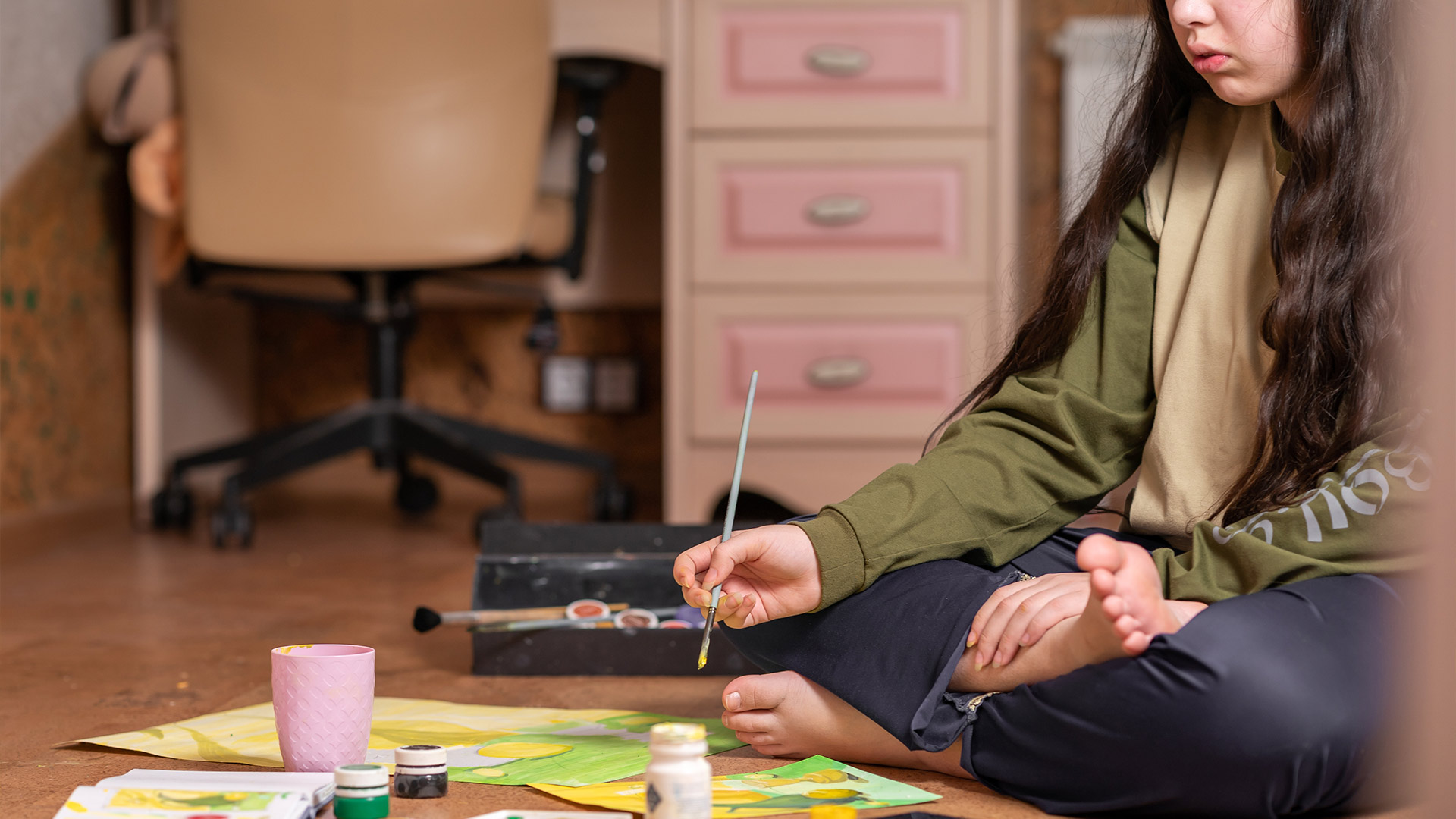Quiet Hobbies That Heal a Burnt-Out Brain
When you give yourself the space to engage in calm, mindful activities, you’ll feel your energy return, your mood lift, and your creativity flow.

We live in a world that’s loud—both literally and figuratively. With the constant buzz of notifications, emails, and social media, our brains are overstimulated. It’s no wonder we often feel mentally drained or burnt out.
But here’s the thing: sometimes, the best way to heal a tired, stressed-out brain is through quiet, calming activities. These hobbies don’t require high energy or intense concentration—they offer space for rest, reflection, and creativity.
Let’s dive into some quiet hobbies that can help you restore your mental energy and break free from the cycle of stress.
Step 1: Start with Reading—But Not Just Any Reading
Reading is one of the best ways to unwind and calm your mind. But here’s the key: choose books that allow you to escape without adding more mental clutter.
- Fiction: Immerse yourself in a novel or story. Fictional worlds are great for stepping out of your own stress and giving your brain the opportunity to imagine and relax.
- Non-fiction (for inspiration): Pick up books that inspire you without overwhelming you. Something light, like biographies, self-help books, or inspiring essays.
- Poetry or Short Stories: These are quick reads that can provide moments of reflection and a feeling of accomplishment without feeling like a long commitment.
Reading for pleasure—not work—gives your mind a break and nurtures your creativity.
Step 2: Journaling for Mental Clarity
Journaling is a quiet, reflective hobby that allows you to unload your thoughts and clear your mind. Writing doesn’t have to be structured or formal; it’s a space where you can express whatever is on your mind.
Some ways to incorporate journaling:
- Stream of Consciousness: Write for 10 minutes straight, letting your thoughts flow without judgment or structure.
- Gratitude Journaling: Write down 3 things you’re grateful for each day. This shifts your focus away from stress and towards the positive aspects of your life.
- Mindful Writing: Reflect on your emotions, goals, or something you’ve learned. Journaling gives your brain a chance to organize its thoughts and process stress.
Not only does journaling clear mental clutter, but it also provides a creative outlet and helps you connect with your thoughts.
Step 3: Try Adult Coloring
Coloring isn’t just for kids. It’s been proven to help adults reduce stress, promote relaxation, and increase mindfulness. When you color, you’re using your hands in a meditative, repetitive way that calms your nervous system.
Here’s why it works:
- Mindfulness: Coloring requires you to focus on shapes, colors, and patterns, which pulls your attention away from stress and anxiety.
- Creativity: You don’t need to be an artist. Just let go of the pressure to create something perfect and enjoy the process.
- Repetition: The repetitive motion of coloring can mimic the benefits of meditation by helping to ground your focus.
Pick up a coloring book (or download one) and spend 20 minutes creating something colorful and relaxing. It’s a fun, quiet way to recharge your brain.
Step 4: Knitting or Crocheting—A Calming Craft
Knitting and crocheting aren’t just relaxing—they’re productive, too. The repetitive motions of stitching or knitting can bring a sense of calm, similar to meditation. Plus, creating something with your hands is deeply satisfying.
Why you should give it a try:
- Focus and Calm: Both activities require your full attention, which means they take your mind off stressors and help you stay grounded.
- Creativity: You can make blankets, scarves, or even small projects. The creative aspect adds a layer of fun and accomplishment to the process.
- Therapeutic Repetition: The rhythmic, repetitive nature of these crafts can be incredibly soothing and help release built-up tension.
Don’t worry if you’re a beginner—start with simple projects. It’s all about enjoying the process and allowing your brain to unplug.
Step 5: Gardening—The Quiet Joy of Growing
Gardening is the ultimate quiet hobby that connects you with nature and offers a calming, nurturing experience. Whether you have a backyard, a few plants on your windowsill, or a balcony garden, caring for plants provides peace, purpose, and grounding.
Here’s why it’s so therapeutic:
- Grounding: Spending time with nature helps lower stress and promotes mental well-being.
- Mindful Activity: Watering plants, repotting, or planting seeds forces you to focus on the present moment.
- Rewarding: Watching your plants grow and thrive brings a sense of accomplishment and joy.
Plus, fresh flowers or home-grown herbs are an added bonus. Gardening isn’t just productive—it’s restorative.
Step 6: Puzzles and Brain Games—Sharpen and Calm Your Mind
If you want a quiet hobby that’s both relaxing and mentally engaging, puzzles are your best bet. Whether it’s jigsaw puzzles, Sudoku, or crosswords, these activities are perfect for giving your mind a break from screens and work.
Why puzzles work:
- Focus: They require concentration, helping you clear your mind and focus on the present.
- Satisfaction: Completing a puzzle or brain game gives a sense of achievement and closure.
- Calming: They’re slow-paced and repetitive, which helps ease anxiety.
Start with a small puzzle or a daily crossword to incorporate into your downtime. It’s a simple yet satisfying way to unwind.
Step 7: Listen to Calming Music or Podcasts
Music has the power to soothe, heal, and rejuvenate. Whether it’s instrumental music, ambient sounds, or your favorite podcast, listening to something calm can help relax your brain and release tension.
Here’s how to make the most of it:
- Create a calm playlist with soothing instrumental music or nature sounds.
- Listen to a podcast that interests you—whether it’s storytelling, personal development, or just something lighthearted.
- Set aside time to listen mindfully: Sit down, close your eyes, and just listen. Let the music or podcast fully engage your senses.
Listening is a passive but powerful way to relax and reset your mental state.
Step 8: Try Guided Meditation
If you’re looking for something more structured than traditional quiet activities, meditation can be the perfect tool for rest and mental clarity. Guided meditations provide instruction, helping you focus on your breath, body, and thoughts.
Why it’s effective:
- Restores focus: Meditation brings your mind back to the present moment, easing stress and clearing your head.
- Promotes mental peace: Regular practice helps you feel calmer and less anxious, even outside of meditation.
- Boosts creativity: A relaxed brain is a more creative brain. Meditation allows ideas to flow freely.
Find a 5-10 minute guided meditation session on an app or YouTube and let it work its magic on your mind.
Your brain needs moments of quiet to recover and thrive. The hobbies we’ve discussed are all simple ways to allow your mind to relax, reset, and recharge without the pressure of “doing more.”


